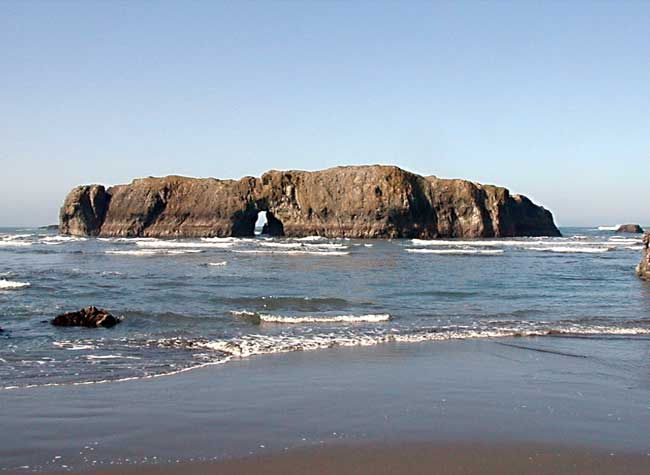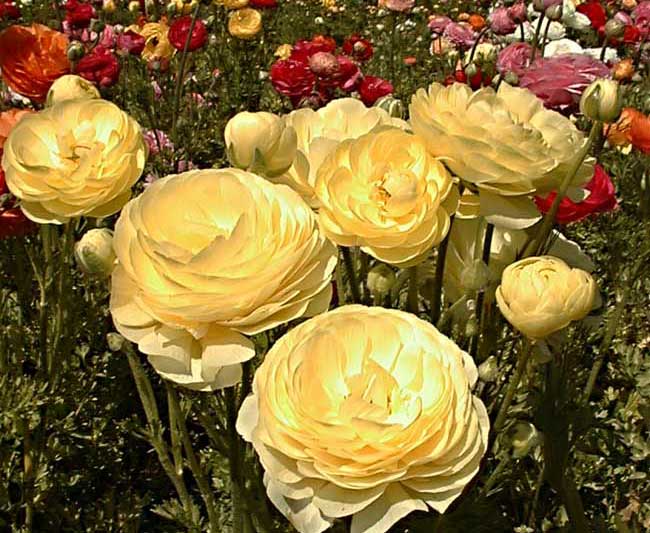
at the edge,
waves churn bedrock
to sifting sand.
nothing stands still.
a single gull,
skittering in the wind.

at the edge,
waves churn bedrock
to sifting sand.
nothing stands still.
a single gull,
skittering in the wind.

Although I have been following the news in Israel, I personally choose to continue reading poetry as my own antidote to hatred. With all the violence taking place in the Middle East and the accompanying hatred that spreads its venom far beyond the Middle East, when even the magical blogdom has become infected, it’s far too easy to get caught up in anger and despair. The truth, though, is that life doesn’t wait, and if we miss the beauty of spring, or, for that matter, the beauty of life, then the terrorists will simply have another victory, even if but a minor one.
In the midst of reading A.R. Ammons delightful The Selected Poems, expanded edition, “Eyesight” caught my attention. While there are more significant poems I will discuss shortly, this one reminded me of why I took my latest trip to California.
After my recent illness I was determined not to miss another important moment in my life, refusing to remain lost in the inevitable stress that has consumed much of my life. At least this time I will try to pay attention to what is truly important.
“Eyesight” is one of those poems that allows us to see what is truly important:
Eyesight
It was May before my
attention came
to spring and
my word I said
to the southern slopes
I’ve
missed it, it
came and went before
I got right to see:
don’t worry, said the mountain,
try the later northern slopes
or if
you can climb, climb
into spring: but
said the mountain
it’s not that way
with all things, some
that go are gone
The critical lines are, “it/ came and went before/ I got right to see.” Much of life is like that, got to get right before you see what’s truly there to see. Such a simple concept, yet getting right can be hard to do. Some never do get right until it’s too late.
Sometimes even if you know better it takes a good shaking up — something saying, “Do you think you’ll always be here to enjoy these things you love?” –- before you actually stop and notice the beauty that is your natural heritage.
Luckily, true beauty is eternal and even ephemeral beauty is seasonal. So, if we are lucky, in nature we can simply go somewhere else to see what we have missed.
Truth is, I’ll be seeing “spring” and its revival of life for quite awhile now. By driving 600 miles south to San Francisco I’ve already seen most of spring, but I returned home to the Northwest to find my daffodils and my earliest tulips in full bloom.
Soon, I’ll head up into the mountains, following the deer and elk climbing into Spring in the mountains for another month or so. Can there ever be too much beauty in your life, especially when there’s so much hatred ?
It seems strange that my first memory of wildlife (you know, those things you don’t see in downtown Seattle or in Walnut Creek, California) came at the California Academy of Sciences Natural History Museum in San Francisco many a year ago. For someone who has devoted much of his life to hiking and exploring the outdoors, it is very strange going back and confronting those early memories.
I had vague, but strong, memories of the San Francisco exhibits. I first saw them in the 4th or 5th grade when I lived in Walnut Creek. I’m not even sure I had ever seen a zoo before I saw them, but I know I had never seen most of the animals, and, unlike today’s kids, I hadn’t been exposed to innumerable television documentaries.
At nine or ten, I was terribly impressed, or terrified, by the magnificent grizzly standing at the front door as we entered the exhibit hall, but my most vivid memories are of the dioramas showing different mounted animals in their “natural environment.” I can still remember gazing through the glass at magnificent animals I had never seen up close before. I’m not sure if I was more impressed by the animals themselves or by the seemingly magical work that had gone into creating these dioramas. The dioramas were really a celebration of science and art working together to create a “new” reality.
So, Mary and Leslie took me back there last week, a delightful and enlightening experience. The dioramas were very much as I remembered them. Visiting the center was like seeing a favorite movie where you remember what is going to happen just before it happens. I could even remember the exact arrangement of some of the dioramas. Happily, the dioramas were as excellent as I remember them. Even now I am amazed at how curators managed to make a bird hang perfectly in mid-air, about to light on a branch that has been patiently waiting for over 70 years. Sometimes it’s hard to remember the animals aren’t “real,” though they are real, in the sense that they were once real animals.
Of course, I came to this exhibit with a perspective I lacked on my first visit. It now seems ironic, indeed, to have been introduced to endangered species by stuffed animals, whole families mown down years ago to provided American families the chance to observe them in the comfort of a museum. Even if they weren’t endangered, it is strange to imagine how someone who “loved” these animals and devoted their life to studying them could kill an entire family just to put them on exhibit in a country far away.
On the other hand, I wonder how many people have been inspired by these exhibits to spend time and money ensuring that wild places continue to exist so that these animals, too, can exist in our increasingly crowded and polluted planet?
Even more questions were raised when I saw the new exhibits of reconstructed dinosaurs. I wonder if today’s young visitors will be able to distinguish between the exhibits in future years when many more of the animals may have become as extinct as they dinosaurs they are grouped with.

Will the museum have served the function of helping to maintain species, or will it merely become a place to store historical exhibits?
We’ll be on vacation for the rest of the month. See ya April , refreshed and raring to go.